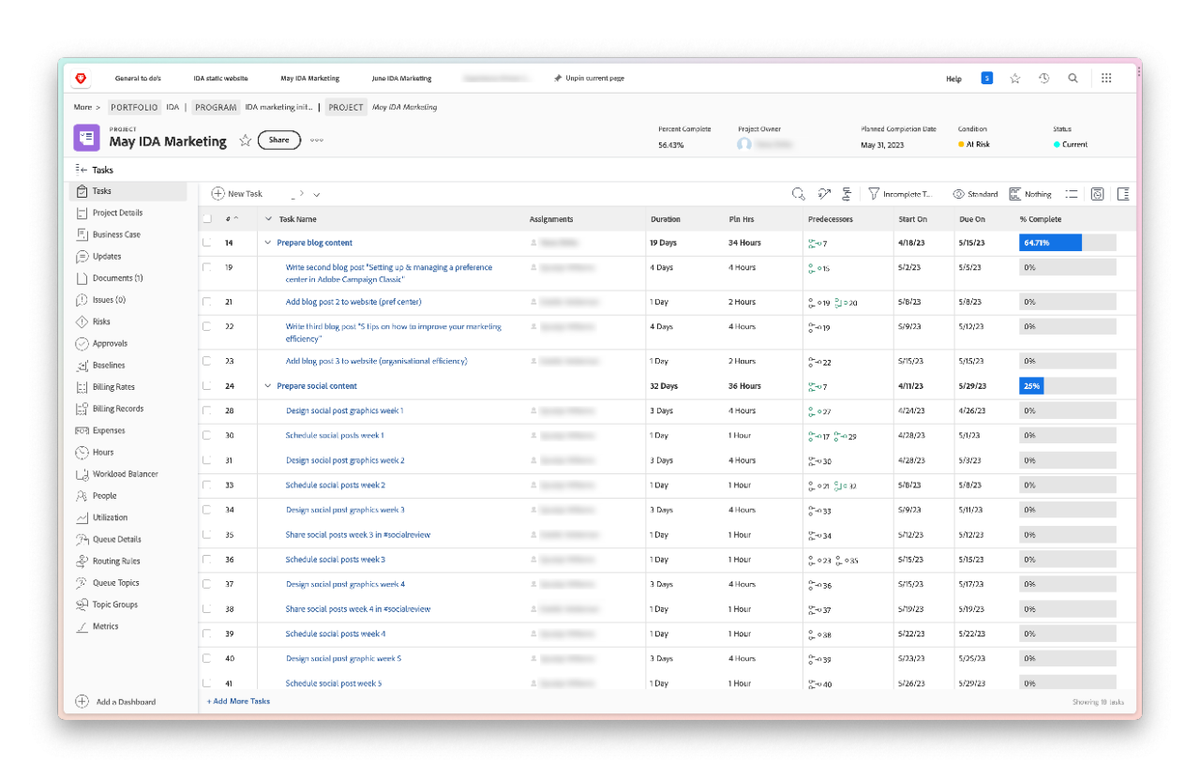Blog 4 ways to improve your marketing efficiency
We all know that the pressure on marketing teams to convert customers in today's economic environment is high. You need to find a way to reach more sales with less means, so you need to find a way to make the most of the resources that you have.
The easiest way to do so, is to improve your marketing efficiency.
By optimising your way of working and leveraging your data, you can make sure that your team is working on the most effective conversion tactics first instead of blindly shooting messages in the dark in the hopes that some will resonate with your customers.
In this article, we discuss 4 concrete tips to help you increase your marketing team's efficiency right away. Each tip also explains how the Adobe tools that we work with can help you in that step, but know that these tips still apply no matter which platform you are working with.
Ready to dive in?
4 Ways to increase your marketing team's efficiency right away
1 - Standardise your way of working in marketing
When talking about efficiency, standardisation and reusability are the first things that come to mind. After all, you already do a lot of tasks every single day. And we want to bet that most of these tasks are repetitive, in the sense that you probably do them every single day, week or month.
By pouring these repetitive tasks in clear processes, everyone knows what they need to do when. Your team no longer needs to doublecheck if they haven't missed something because they know they've followed the steps, it's easier to spot bottlenecks in your process, and it's clear right away when something is delayed that could endanger your entire timeline.
Aside from standardising your way of working, you can also work on reusability of elements you use often.
Here are some examples:
a. Segmentation
Every marketing team uses segments to tailor your marketing campaigns and deliver more targeted and relevant messages towards a specific audience. We have seen that a lot of companies rebuild custom segment over and over again. However, each of these segments usually derive from the same audience and they just differ on very specific elements for each campaign.
Therefore, it makes sense to create foundational segments first for your broader audiences so you can then reuse them and tailor them for each specific campaign by adding some custom criteria. Adobe Campaign, for example, can use your foundational segments and can then be split easily into different more specific segments. By using a generic foundational segment, though, you save a lot of time needing to define your entire segment over and over again in the platform you use.
b. Templating
Similar to reusing segments, we want to prompt you to create templates for your campaigns. We get it. Sometimes you want to go fast and you just need to get a campaign out there, but over time the effort of building a template once that you can reuse again and again will be a lot lower than needing to create every campaign from scratch again.
Within Adobe Campaign, and we assume every other marketing automation platform on the market, you can create a master template where you design every component that you would like to use. Then, when it’s time to create your campaign, you just need to pick and choose the right blocks to compose your email. You can then expand the campaign with dynamic blocks so you can tailor your messages for each specific step in your customer journey.
Not only does it save time for your marketing team when building campaigns, you can also standardise the content delivery process. Because you know what the image size needs to be for your campaigns and what the copy requirements are, you can make sure you receive your content in the right format right away. Which again saves time and makes your way of working more efficient.
c. Content schedules
The final example that we want to highlight here is creating a reusable content workflow. If you bundle similar tasks across multiple content pieces then you can also increase your efficiency. You can have a fixed content intake day, making sure that you only need to ask your organisation's subject matter experts to spare perhaps an hour every month to give you some insights into a certain topic.
By scheduling your content, which you can do in most CMS systems and marketing automation systems, you can prepare content ahead of time so you don't need to rush any last minute materials through your workflows. This reduces the chance of errors and gives your team some breathing room.
2 - Leverage your data in marketing
Our second tip to improve marketing efficiency is to leverage the data that you are already gathering. And, if you're not gathering the right data yet, now is a great time to start!
By tracking your customers interactions as they engage with your content, you can see which steps they take before they are ready to buy from you. This data can then be used to guide more customers through the same journey. Your team now knows exactly which critical conversion points to focus on, which means that your resources are all focusing on the highest converting elements of your buyer journey.
Once you start gathering data, you can run experiments to drive more people through your best converting sales funnels. Based on real data from your own organisation, you can then see which experiments have a positive impact on your results and which have a neutral or negative impact. This allows you to make informed decisions and drive efficiency in your marketing efforts.
You can use platforms like Adobe Analytics to build custom dashboards per stakeholder or team so each person gets insights into the KPIs that are relevant to them. Based on these insights, they can then make data-based decisions on how to move forward. You can also include campaign data from Adobe Campaign, for example, to extend your customer profile even further. The more touchpoints you can track, the more informed decisions you can make.
3 - Automate your marketing tasks and journeys
Obviously, when we're talking about increasing effiency then we're talking about automation. Marketing automation helps you streamline repetitive tasks, automate workflows and personalise marketing communications at scale.
Marketing automation enables companies to send out the right content via the right channel to customers at the right time. You can automate content delivery based on specific triggers in the customer journey. And you will get even better results when you link your reusable segments (with or without custom attributes) and the data that you have gathered in personalised dynamic blocks in your campaigns.
For example, a big European retail organisation runs a birthday campaign. After a few years of sending €5 gift vouchers, they decide to leverage their data in an automated campaign. They know the customer has been looking at some smaller-priced products recently but they haven't purchased any yet. So, they send a campaign with three potential gifts and allow the customer to choose one. By doing this, they have a repetitive automated campaign that requires no additional work to update every year, while still adding a sense of newness for the customer since their gifts will be different each year.
One of the most interesting processes to automate, of course, is the lead nurturing process. As we have mentioned in the previous section, if you can automate and track your lead nurturing process then you can keep tweaking it to make it is as effective as possible.
4 - Collaboration is key in marketing
Within your marketing team, there are usually a whole range of specialists who are making your marketing efforts a success. You have a content marketer, perhaps a copywriter, a designer, a data analyst, and so on. To improve your efficiency as a team, it is important to have a clear collaboration process so everyone knows where they can find what information. Even better if you can gather all of your team members and information in one single platform.
A helpful tool to align your team is Adobe Workfront. It provides businesses with a centralised platform to plan, prioritise, and execute work efficiently, improving productivity and collaboration across teams.
Curious about how this all enfolds? Take a look below and behold our own IDA Workfront in action. We've included a screenshot of our May marketing project so you can get a direct insight into how we use a repeatable process with all of our stakeholders.

Ready to take your next step?
Our sales team is always ready to discuss a challenge you are currently struggling with and see how we can help you come up with a solution. We have an in-depth knowledge and years of experience with the Adobe platforms so get in touch and we'll happily help you build a more scaleable, adaptable and personalised experience for your customers.
